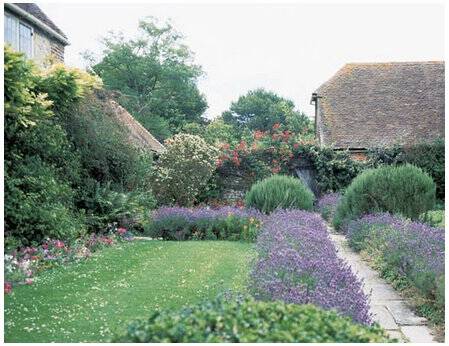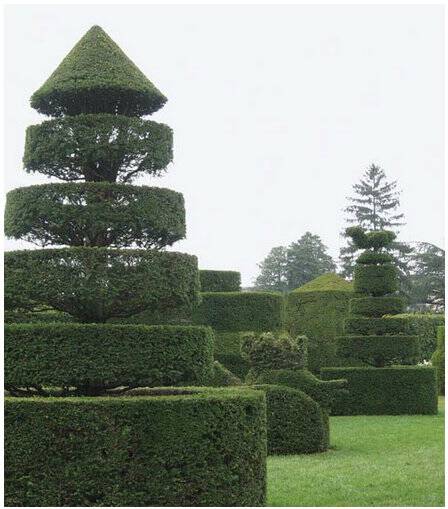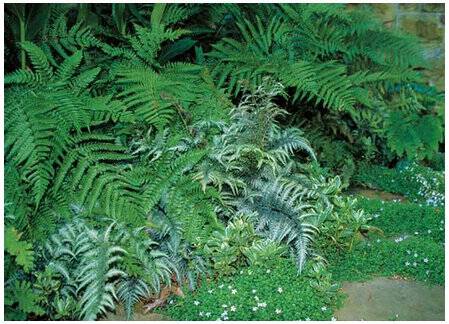Flowers, plants and trees all play a very important role in the way a landscape looks. However, the most important, if not most powerful, elements are those that give the landscape depth, dimension and energy. The four basic tools of visual art for landscape design include lines, color, form and texture.
Lines are important because they help shape the landscape, as well as establish its purpose. Lines can be represented as rows of plants, such as hedges or an allée of trees, in addition to the line of a curving or straight pathway.

Color is perhaps the most exciting element to work with because it can be as extravagant or simple as you wish for it to be. Varying shades of green create the backdrop upon which floral selections ranging from vivid brights to deep, rich hues can be splashed about to energize the overall look. Or, a monochromatic color scheme can be used for a more calm and relaxed feeling.

Every part of a landscape has form, whether its form is horizontal, vertical, linear, curving, or symmetrical, to name a few. Certain elements of your landscape will be selected specifically for the distinctive form they bring to the space. For instance, Italian cypresses are often chosen for landscapes that are inspired by gardens found in Italy. Other elements that add to a landscape’s form include the delicately manicured lawn, stone features like urns and even topiaries trimmed to look like a whimsical creature.

And finally, there’s texture. Texture in a landscape is best explained as representing the relationship between the size of a plant’s leaves, the size of the space they will occupy, and other textures nearby. Plant textures are categorized as large, often seen in magnolias and hydrangeas; medium, found in plants like camellia and ivy; and fine, represented in grasses like zoysia and plants with daintier leaves.

Other elements of the landscape, such as stone and brick, are considered important textural elements as well. Often times, plants and building materials like these are selected to have similar textures to help define the landscape at hand and further enhance the spirit of the space.
These four art elements of landscape design, lines, color, form and texture, are the basic visual tools needed to create a garden or landscape that will withstand the test of time. If you’re interested in learning more about these elements and how they can improve your landscape, contact Dargan Landscape Architects! We would love to assist you, either virtually or in person, in creating a turn-up or master plan for your property.